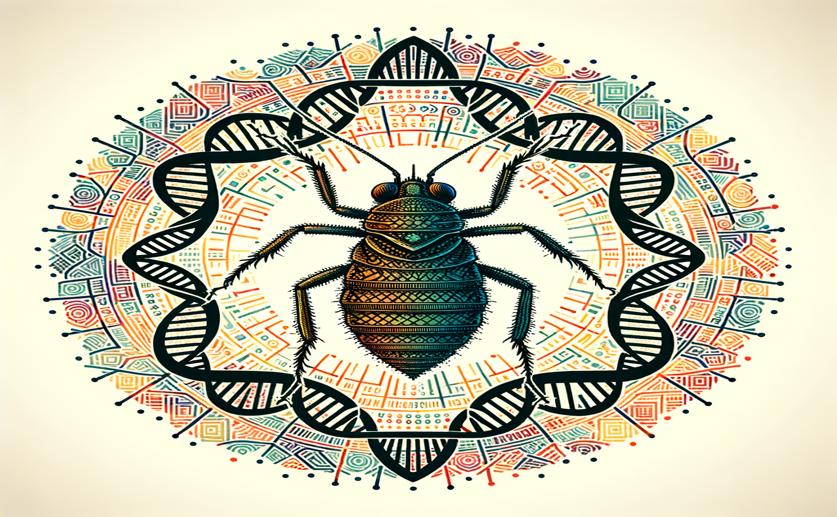
First Look at RNA Editing Patterns in a Primitive Insect Species
Jenn Hoskins
16th March, 2024

Image Source: Natural Science News, 2024
Key Findings
- Researchers in China found thousands of RNA edits in the Coridius chinensis insect
- Many RNA edits led to protein changes, suggesting a role in the insect's adaptability
- One RNA edit in a cold-stress gene increased under cold conditions, hinting at its importance in temperature adaptation
References
Main Study
1) The first A-to-I RNA editome of hemipteran species Coridius chinensis reveals overrepresented recoding and prevalent intron editing in early-diverging insects.
Published 13th March, 2024
https://doi.org/10.1007/s00018-024-05175-6
Related Studies
2) The Many Roles of A-to-I RNA Editing in Animals: Functional or Adaptive?
3) A full repertoire of Hemiptera genomes reveals a multi-step evolutionary trajectory of auto-RNA editing site in insect Adar gene.
4) Differential adaptive RNA editing signals between insects and plants revealed by a new measurement termed haplotype diversity.



 11th March, 2024 | Greg Howard
11th March, 2024 | Greg Howard